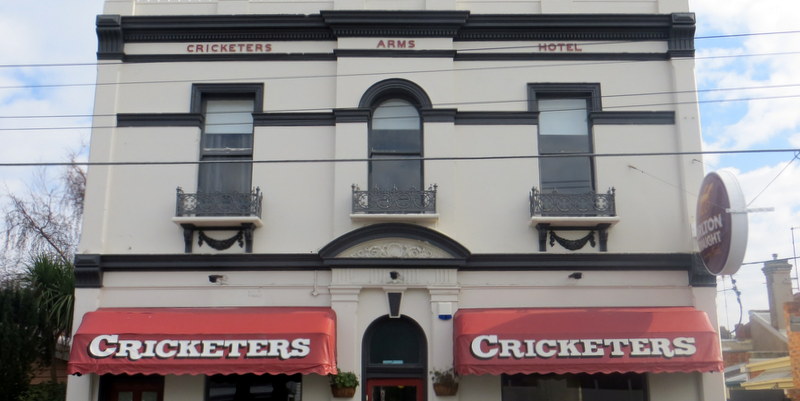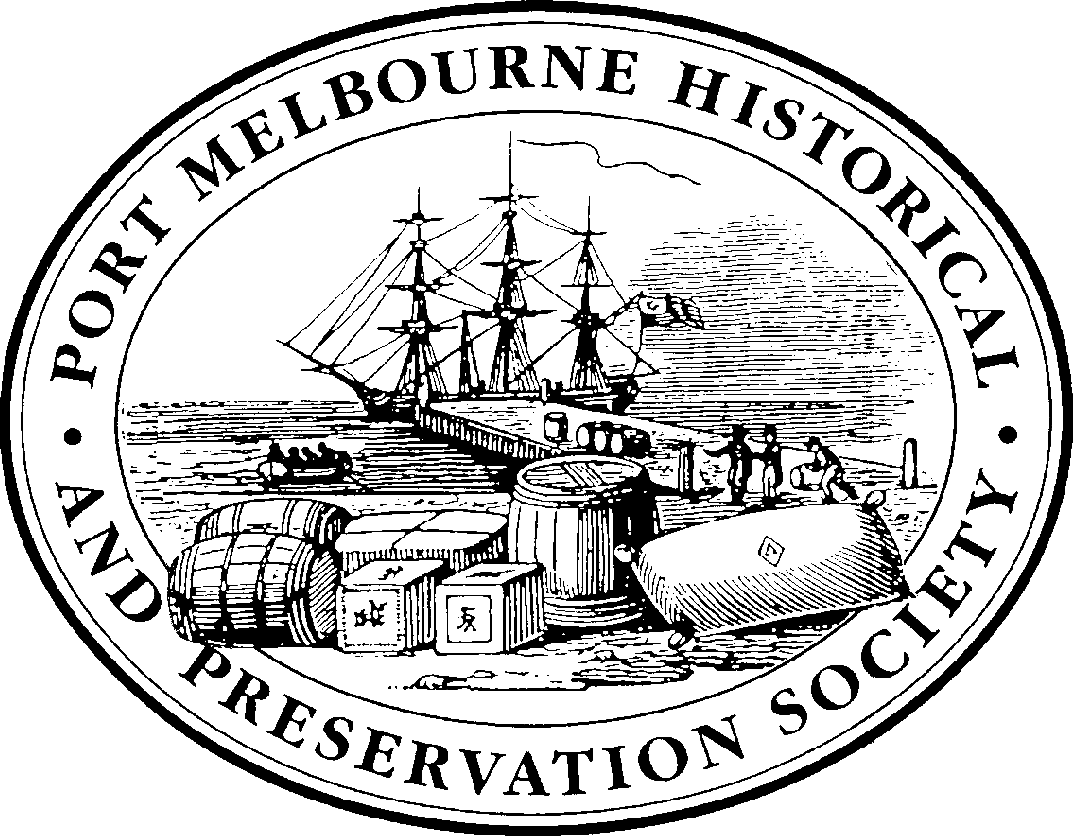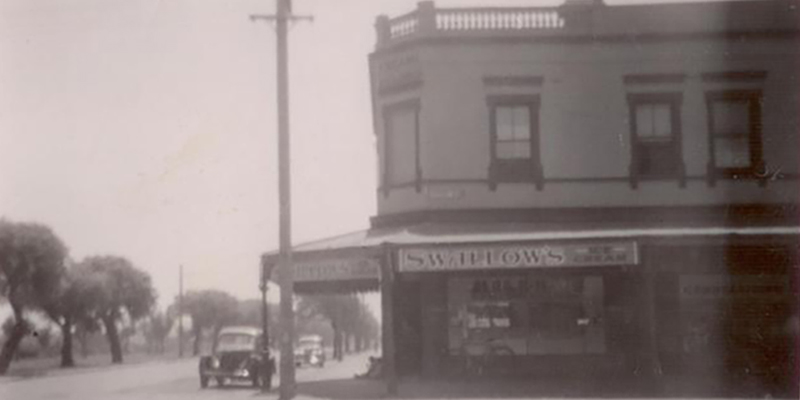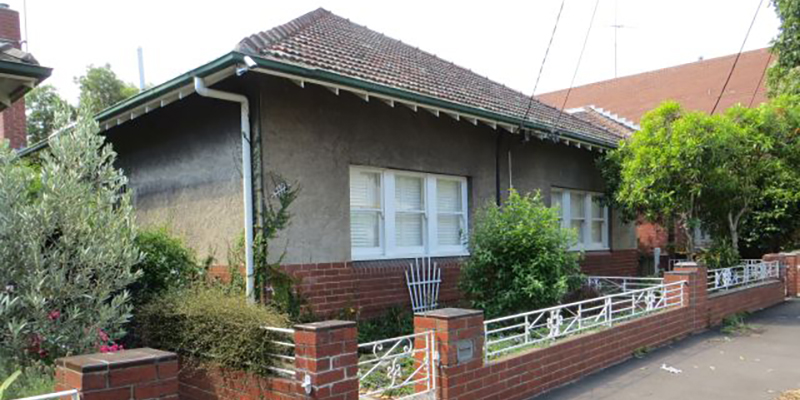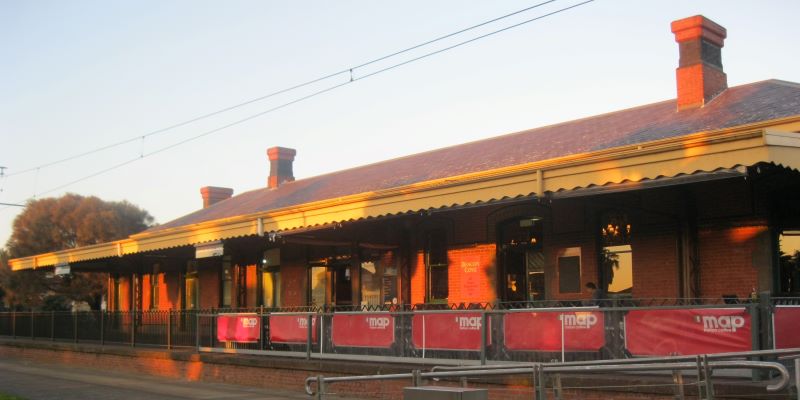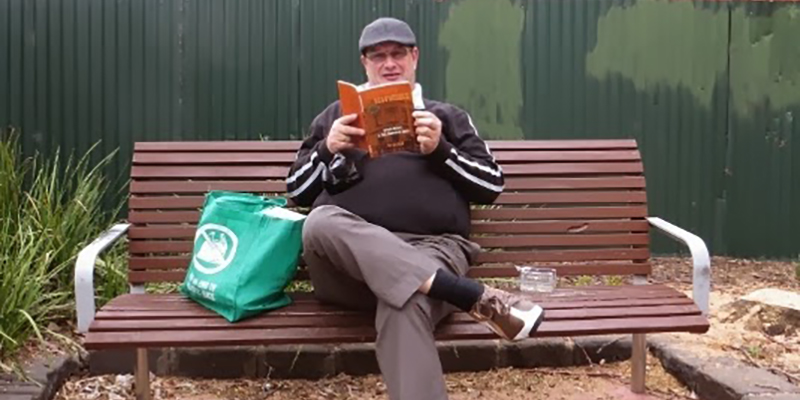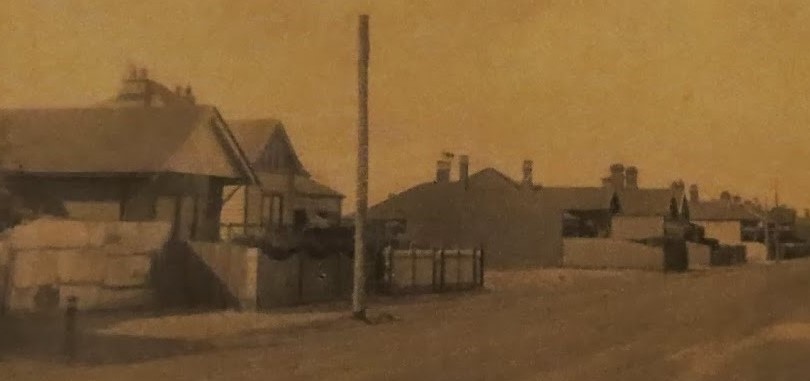Member Dr Robyn Clinch explored the history of 26 McCormack St and learned about its very close connection with the Cricketers Arms Hotel. McCormack St is a short, angled street that runs between Esplanade East and Bridge St.
McCormack St is so narrow, making it difficult to get a good picture
Thomas McCormack began accumulating property in the Sandridge area from his…
